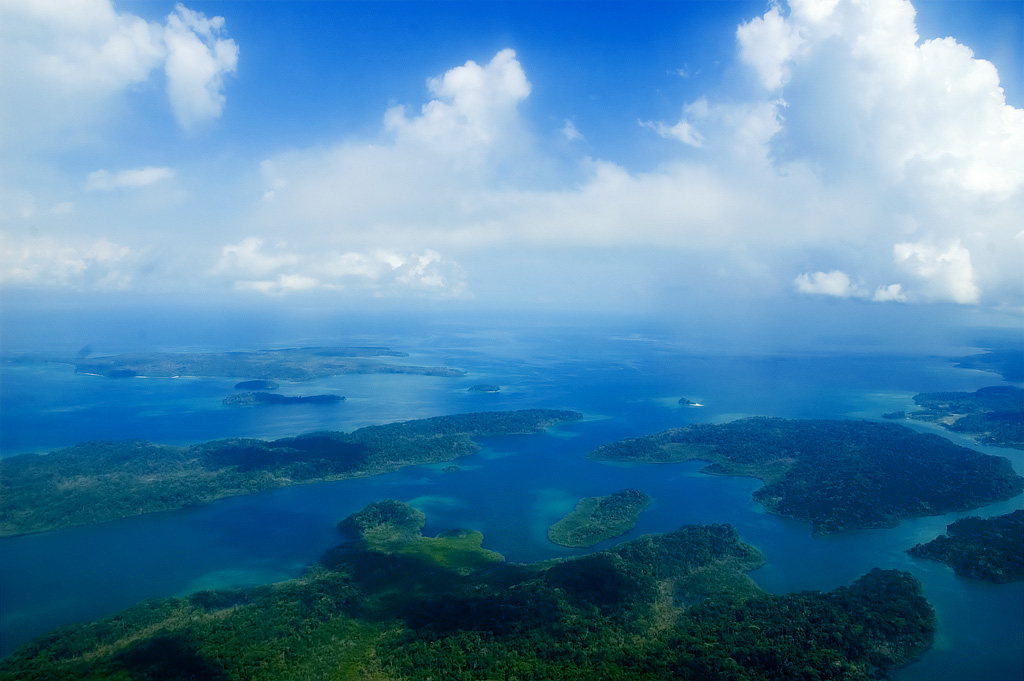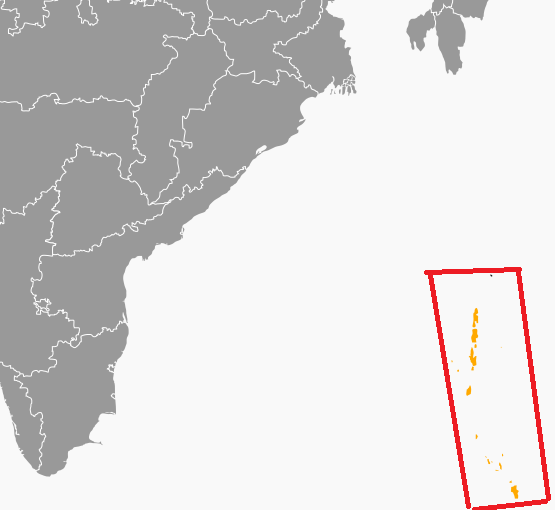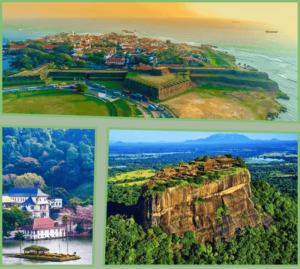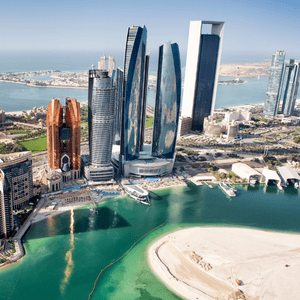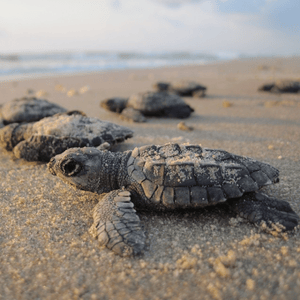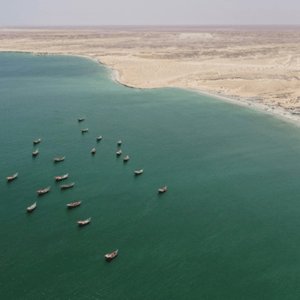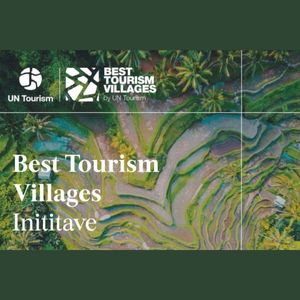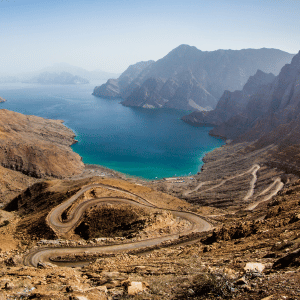India : Andaman and Nicobar Islands eco tourism project…
In the urbanized world of the 21st century, the Andaman and Nicobar Islands are very different. Appreciated by tourists, this archipelago resembles a paradise saved from prehistory, where nature has gathered its most precious treasures. Nearly 2,200 plant species have been recorded here, 200 of which are unique to the archipelago and not found elsewhere. The forest cover represents 80% of the territory and consists of mangroves, bamboo, deciduous and evergreen tree species and coastal trees.
The fauna list includes endemic species like the Indian wild boar (with its bristling hairs), the Andaman wood pigeon, the Nicobar pheasant or the Andaman woodpecker (which claps with its beak during the mating season). We also monitor saltwater crocodiles, which are the heaviest reptiles on the planet, whether in freshwater or lagoons. A total of 26 species of rodents, 14 species of bats, 270 species of birds and 225 species of butterflies of different colors are present in the Andaman and Nicobar Islands, making it the leading continent for ecotourism in the sub-region.
More on : https://www.voyageinde.fr/guide-inde/region/iles-andaman-nicobar
In a bid to boost tourism in the Andaman and Nicobar Islands, the Union Territory administration has decided to open up the uninhabited Aves Island in the North and Middle Andaman district for travellers.
Often referred to as Coconut Island due to its lush green coconut plantation, Aves Island presently remains off-limits to tourists as it lacks accommodation facilities. However, the administration is now keen on opening up this island for travellers, and has put forth plans for a five-star eco-tourism resort on Aves Island through a public-private partnership.
